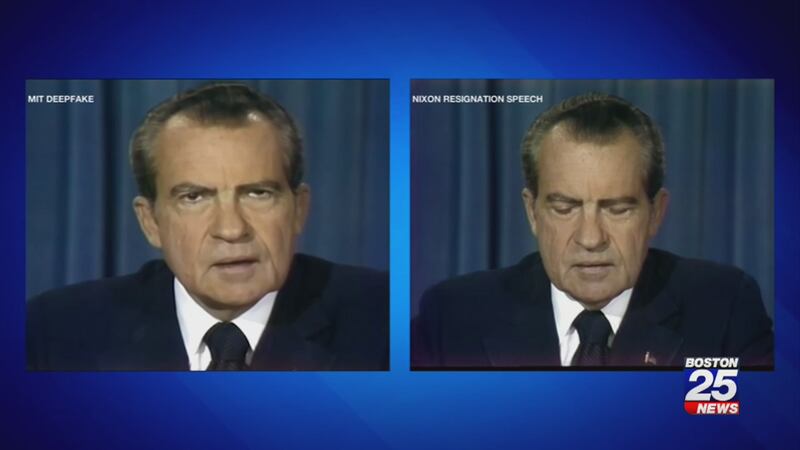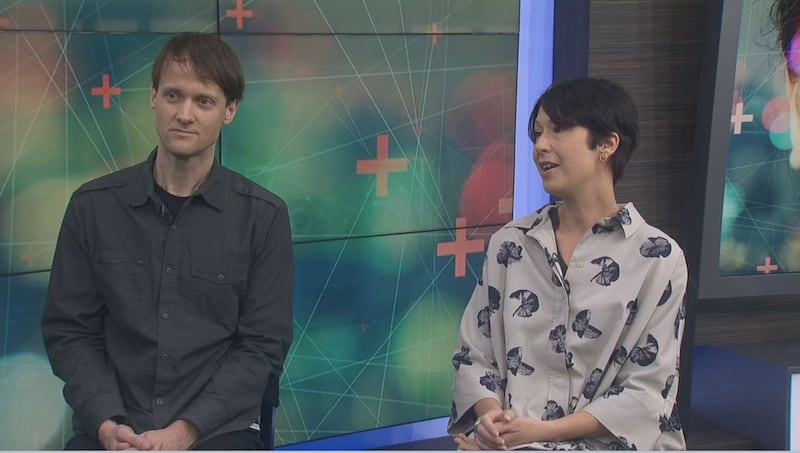CAMBRIDGE, Mass. — Deepfake videos appear alarmingly realistic, but they are not.
We first told you about this trend back in January, but the concerns are rising as the election approaches. A team of researchers at M.I.T. showed just how misleading those videos can be and they launched a website on Monday to educate the public.
The website has a video of a contingency speech written for President Richard Nixon in July 1969 in the event that the Apollo 11 crew never made it home from the moon. But the president never actually delivered this speech.
It’s a deepfake. A deepfake is a manipulated video that uses artificial intelligence to manipulate it that make it look and sound just like the real thing.
“It’s extraordinarily important to us that we don’t just put out something fake into the world we want to make sure we pull back the curtain and allow people to understand how we did it and how other people can do it as well and be aware of that,” said Halsey Burgund.
The Nixon film was produced by MIT’s Center for Advanced Virtuality. Burgund and Francesca Panetta are the project’s co-director’s. Their documentary called “In Event Of Moon Disaster” premiered last November. Their goal was to show the power of deepfakes by altering history. On Monday they launched a new website called moondisaster.org.
It coincides with the 51st anniversary of the Apollo 11 moon landing.
“We don’t want people to freak out...we want more to say, ‘this is a warning and think more and be more careful about what you consume,‘” Burgund said.
PREVIOUS: How a special effect technology could affect the 2020 election
The website launch marks the first time the full 7-minute deepfake video is being made available to the public. It shows a behind the scenes look at the making of the video. It also features an array of interactive tools to learn about how they are made and how they work and what’s being done to combat deepfakes.
“We also have educational resources for educators as well for both students and teachers so they can take these resources and use them in their classrooms,” Panetta said.
The video was originally taken from the Nixon resignation speech. Panetta and Burgund worked with a professional actor for three days to painstakingly re-create Nixon’s voice. That audio was then sent to a Ukrainian company to digitally alter it to sound exactly like the deceased 37th president. An Israeli company helped to re-create the movement of the president’s mouth and lips right down to the pixel. Panetta said these doctored videos can be incredibly dangerous and could be used to influence the 2020 election.
“I think when the stakes are really high, we can see what misinformation can do. This project is part of an awareness campaign to get people aware of what is possible with both AI technologies like our deepfake, but also really simple video editing technologies which we also use in our film showing the cheapfakes and deepfakes can really easily deceive you,” Panetta said.
So how can you spot a deepfake? The team at M.I.T said some giveaways include: lighting that isn’t quite right, lips that aren’t syncing or shadows around the jawline.
MORE: What are deepfakes? You might already be familiar with some
© 2020 Cox Media Group









